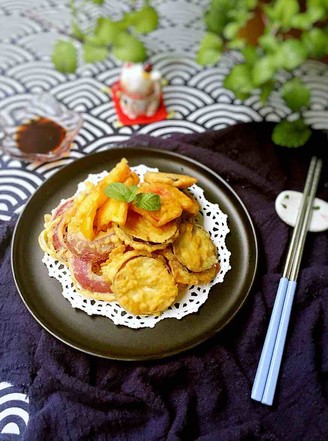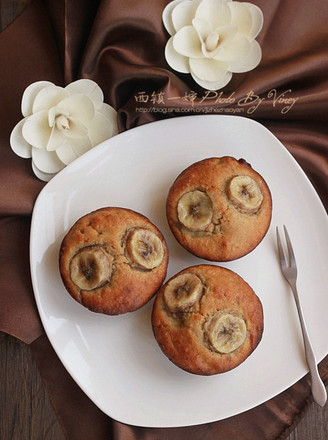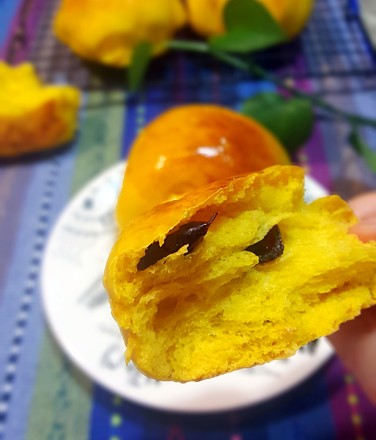Carrot Chiffon Cake (8 Inches)
1.
First squeeze the carrot juice, leave the residue and add it to the egg yolk paste (you can use spinach juice, the color of beetroot is very beautiful)
2.
Separate egg yolk and egg white. (Because I used to do it according to the number of eggs, but later I found that it would not collapse when compared with the exact number of grams) (note that the egg whites should not touch water and oil)
3.
Add fine sugar to the egg yolk, stir the egg yolk evenly with a blender, add the salad oil in 3 times, add it once and mix it with a blender to balance it, then add the next time.
4.
Add the carrot juice and stir well (in fact, replace the milk in the chiffon cake recipe with vegetable juice). Sift the low-gluten flour into the egg yolk. Stir well
5.
Add carrot residue. Stir well. Set aside for later use.
6.
Beat the egg whites. Add the fine sugar in 3 times to beat, first beat the fish-eye bubble shape, add the first sugar (there are many things to pay attention to when beaten the egg whites: do not have water or oil in contact with the egg whites. It is best to thaw the eggs in the refrigerator and beat them. Will be dispatched sooner)
7.
When the egg whites have small lines, add the second time fine sugar, and add the third time after the lines are clearer.
8.
Until it becomes a dry foam, it can stand upright when pulled up gently. (Don’t over-send it. Over-sent the cake will fail. Because you make chiffon cakes, if they are dry. Wet ones form a curved corner)
9.
Add one-third of the egg white to the egg yolk paste. Pay attention to the mixing method. Do not stir in a circular motion (it will defoam). Mix quickly from the bottom up. Then pour the well-stirred egg batter into the remaining egg whites, and turn the bottom up to mix evenly. Then pour into the chimney cake mold (because the chimney is easier for novices to succeed, the middle is evenly heated, and the inside will not be unfamiliar) pick up the cake mold and shake it twice to shake away the big bubbles. (Forgot to take the picture of stirring)


10.
Place the cake on the penultimate level of the oven. Bake at 160°C for 50 minutes (the temperature of each oven is slightly different, please adjust as appropriate) When taking out the cake, you can use a toothpick to test whether it is cooked. Insert a toothpick into the cake. If the toothpicks don’t stick to the cake, it means it’s cooked. Then turn the cake upside down to cool to room temperature and demould. (I turned the cake upside down when decorating the cake, so it’s this color^_^)
Tips:
The success or failure of chiffon cakes lies in the method of whisking the egg whites and mixing the egg whites. There is also the control of the temperature of the oven, too high will crack, too low will not cook well. You can buy an oven thermometer to test the temperature of the oven.

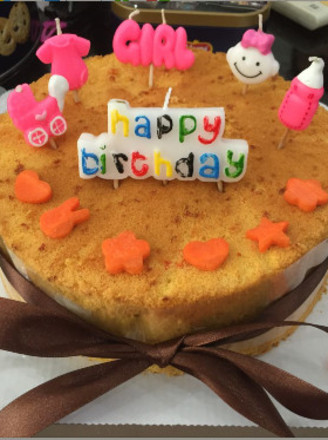
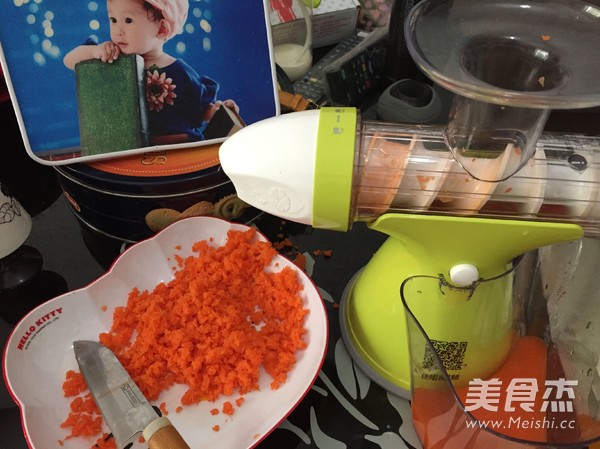
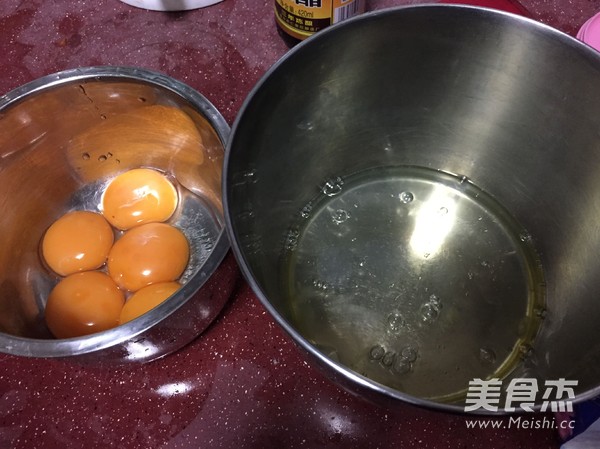
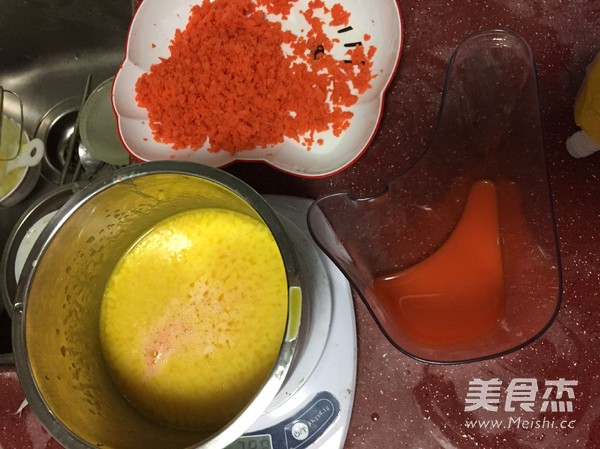

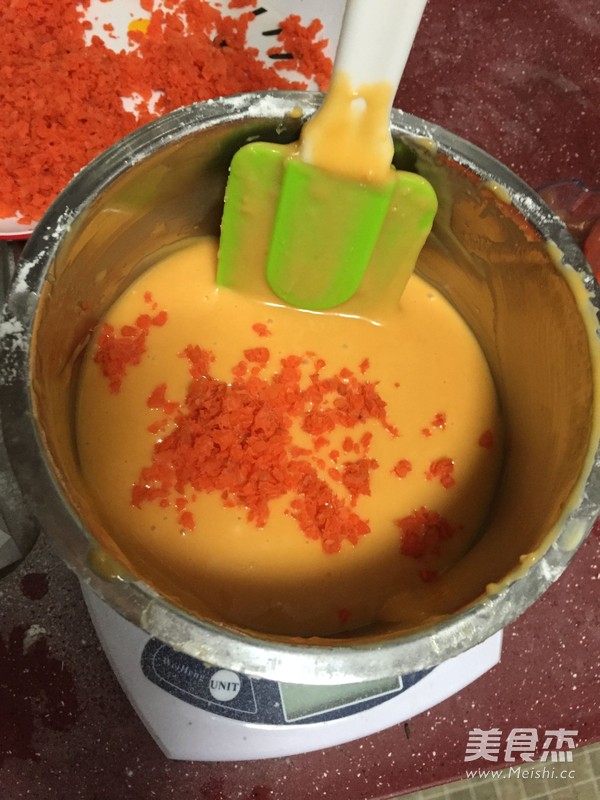

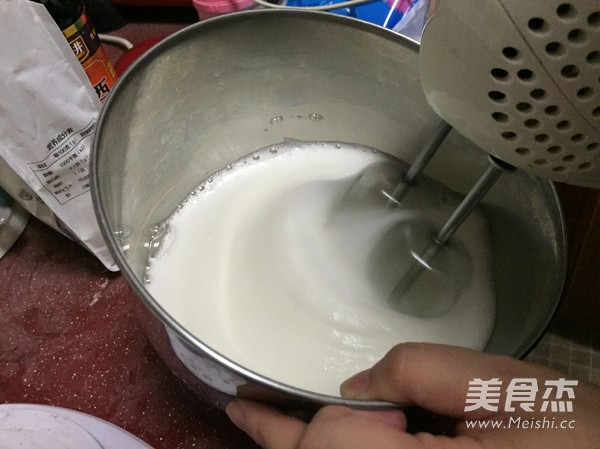


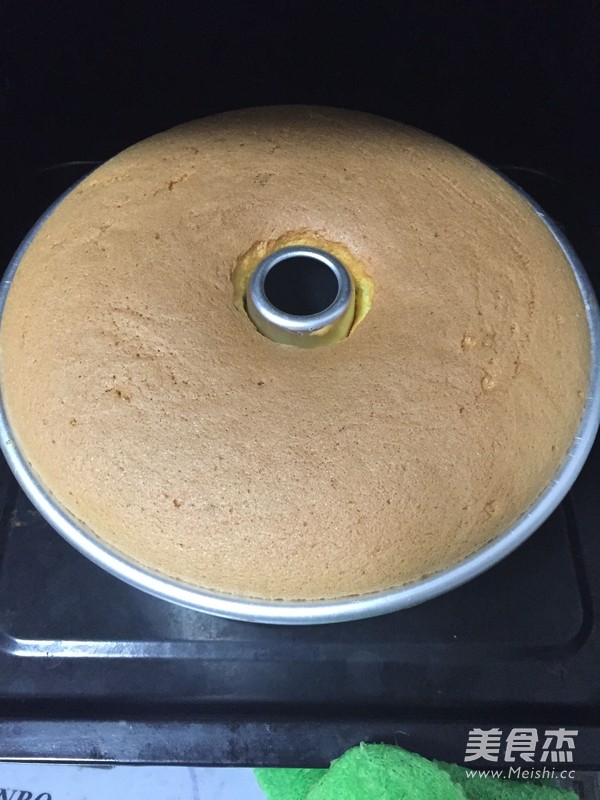

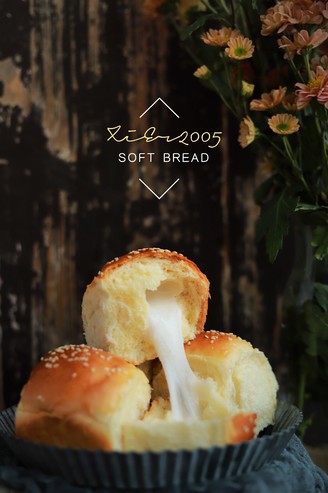
![Seasonal Vegetable Patties [baby Food Supplement] recipe](https://img.simplechinesefood.com/02/024b910033009872aea33017c755a377.jpg)
